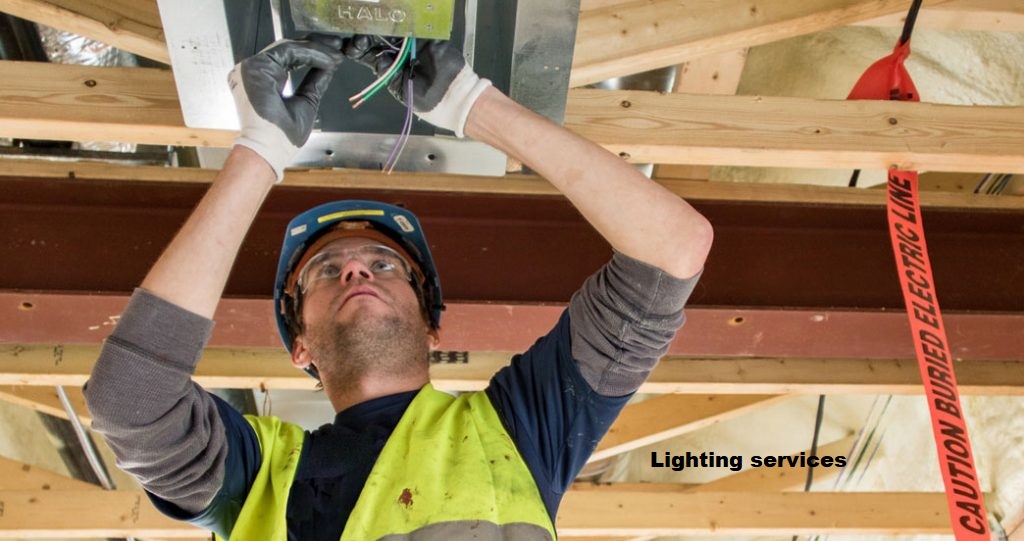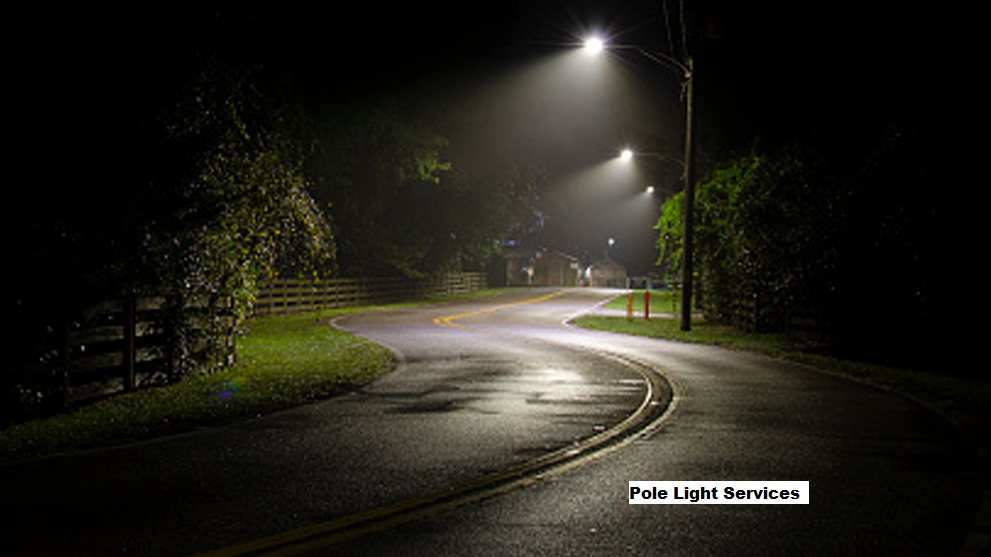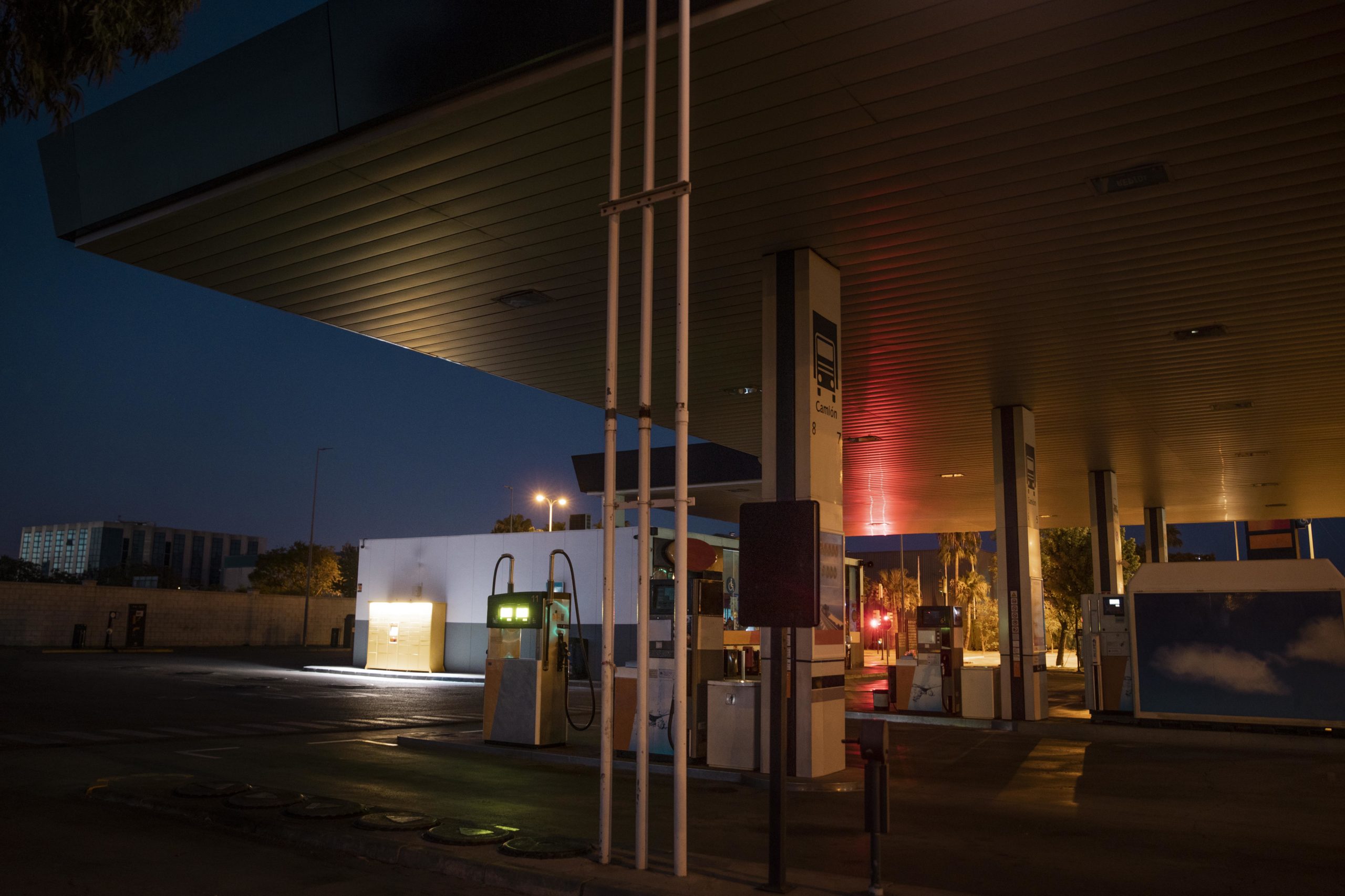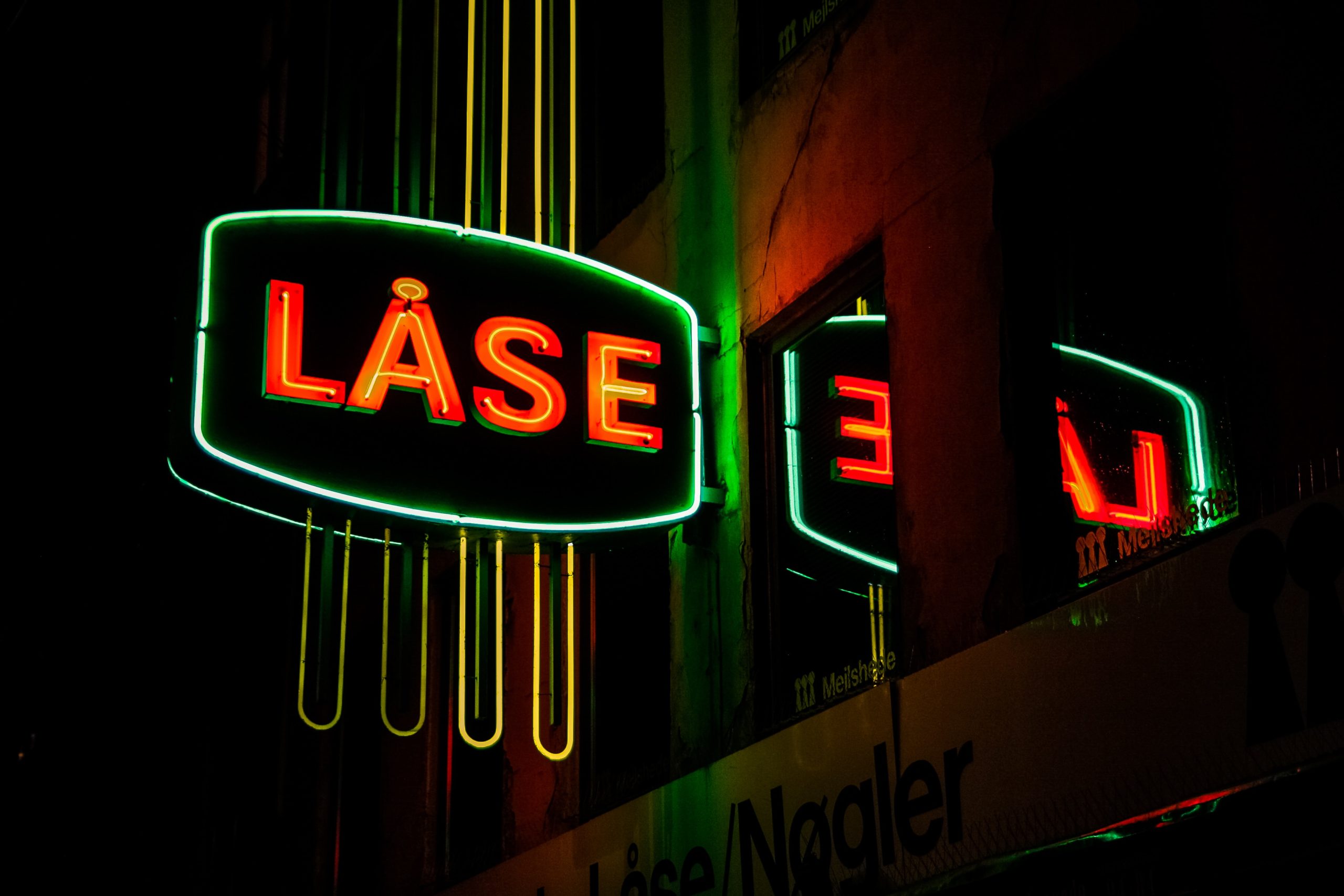Recent energy efficiency changes have resulted in many new lighting options, but the question remains: which ones are truly sustainable?
Multiple considerations must be considered when performing a lighting renovation to guarantee an environmentally-friendly result. This article offers insight into how sustainability can be achieved by providing tips for the lighting contractor who engages in this practice.
Recent energy efficiency changes have resulted in many new lighting options, but the question remains: which ones are truly sustainable?
While most experts agree that replacing inefficient lighting with energy-efficient options is more beneficial than nothing, many still argue that replacing fixtures completely with environmentally-friendly ones will not achieve the same results for an improved environment.

What Are Energy Efficiency And Sustainability?
Increasing productivity while decreasing resource use is the essence of energy efficiency. The objective is to carry out the same activities and perform the same functions as before while consuming less energy.
When looking at a building from an energy efficiency standpoint, it is customarily preferable to address measures by the suitable site and building system.
The term “sustainable,” when used regarding energy efficiency, generally implies that it is possible to maintain the same level of energy consumption while offering improved environmental benefits over time. The ultimate goal of sustainable practices is to make every resource (energy, water) available for a longer time.
While most experts agree that replacing inefficient lighting with energy-efficient options is more beneficial than nothing, many still argue that replacing fixtures completely with environmentally-friendly ones will not achieve the same results for an improved environment.
It is important to note that regardless of the rarity of sustainable practices, significant improvements in terms of energy efficiency have been made over the years.
When looking at a building from an energy efficiency standpoint, it is customarily preferable to address measures by the suitable site and building system.
Key Considerations for Lighting Contractors
1) Proper Illumination:
It is important to illuminate the working area, not just the designated workspace. This is because the illumination levels will vary depending on where one is located and for how long.
The areas where visibility and usability could be higher (such as in an office) will require lower illumination levels than areas that hold significant value, such as a laboratory or workshop during evening hours.
Most commercial lighting installation, sign and lighting services projects are carried out to enhance the overall sense of security and the property’s ambiance. Both the interior and exterior of commercial areas, including parking lots, need sufficient light levels.
To generate even, appropriate lighting over a wide variety of rooms and spaces spread around a property, a wide selection of different lighting fixtures and lamps is required.
Therefore, achieving the best possible illumination output is necessary to ensure a lighting project’s success. After upgrading the lighting in a room, it will be brought to everyone’s attention if there are still areas that need to be adequately illuminated. Your lighting provider should emphasize efficient lumen output considering various elements like access to natural light, ceiling heights, and more.
Even something as innocuous as a room filled with computer monitors can affect the light output option that your professional recommends. When you invest in a lighting installation project, you must get your money’s worth and create secure surroundings for your customers, tenants, and staff.
If reducing energy consumption is one of your primary concerns, you should ensure that your lighting supplier is aware of this; nevertheless, reducing energy consumption should not come at the expense of excellent illumination.
An expert in lighting can recommend certain items, like LED light fixtures, that will provide the appropriate illumination while conserving the most energy possible.
2) Lighting Level:
High luminance levels can be achieved using smaller led lighting packages or dynamic lights with dim-to-dimmer capabilities. These measures are ideal for areas where the light intensity is constant throughout the day, such as offices, laboratories, and warehouses. Areas that require lower illumination levels will benefit from light intensity reduced with dimmers or by reducing the number of fixtures in those areas.
3) Intensity:
When looking at a building from an energy efficiency standpoint, it is customarily preferable to address measures by the suitable site and building system.
On all projects, including renovation projects, certain accepted standards and practices need to be followed, including specific codes. As mentioned above, when determining if an area is properly illuminated, one should always determine the baseline illumination level of that area.

4) Long-Term Maintenance:
High-quality, long-lasting lights are essential for achieving low costs in the long term. In the spirit of efficiency, lighting control has replaced all others. As the standards for workplace illumination have risen, so has the importance of proper lighting control systems.
When replacing fixtures, it is important to ensure that you buy reef lights with some built-in controllers. This will help ensure that you can maintain optimal energy efficiency and reduce energy consumption over time.
For example, the light fixtures in parking garages positioned high off the ground can be difficult to access and, as a result, need a significant amount of time and money to be changed regularly. However, because LED products have a longer lifespan and longer intervals between maintenance checks does not mean they are maintenance-free.
This is a significant portion of the maintenance savings that long-lasting LEDs provide. When working with LEDs, long-term upkeep is frequently disregarded.
Purchasing high-quality lighting solutions that are designed to last as long as possible and do not need a lot of maintenance is the most cost-effective choice you can make.
On the other hand, if something does break, you will want to be able to address the issue as quickly as possible. If you’ve purchased a product from a manufacturer with a lower reputation, for instance, and an LED board must be replaced, you run the risk of not being able to locate a replacement board that matches, or even worse; the firm may have gone out of business, leaving you unable to buy a fixture that is compatible with your previous purchase, leaving you without the option to purchase a matching fixture.
In general, high-quality products can also evolve along with technological advances and present a lower danger from a safety point of view.
The Bottom Line!
Choosing a well-known and renowned manufacturer can help you avoid dead ends and protect the value of your investment by enabling you to maintain and repair your fixture and replace its boards, motorists, and other components. You might inquire with the lighting supplier about the companies they collaborate with, or you could research on your own.


